ART, TERRITORY AND COMMUNITY
By Mario Cristiani
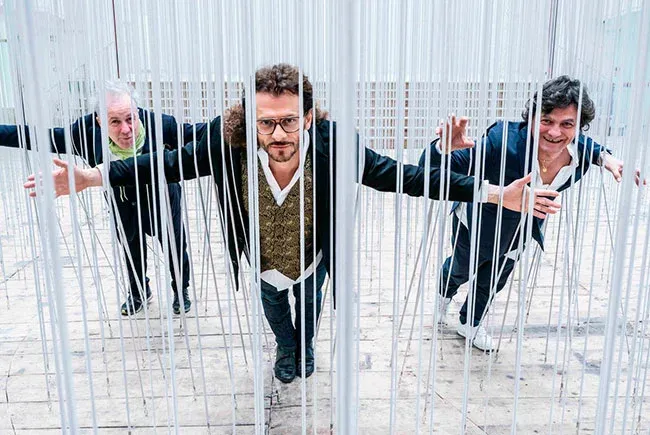
Maurizio Rigillo, Lorenzo Fiaschi and I decided to open an exhibition space in 1990 in a former garage on the narrow street that leads from Piazza delle Erbe to La Rocca di San Gimignano, called, fittingly, Via della Rocca. So far so ordinary, apart from the fact that a gallery usually has one founder, and not three. Less ordinary was the fact that we mobilised other young people and founded a cultural organisation in the same year. Bringing together our different skills, points of view and desires, we decided to found Galleria Continua as a business to be developed within the art world, and the Associazione Arte Continua, to develop activities aimed at promoting projects in public space in collaboration with municipal administrations and to connect the international art community with local art communities. At the time we ad no idea when we would make a profit from our activities but we have always been confident so it was natural to structure our work and distinguish the two activities according to their two different mandates, one aimed at the art market and in competition with other galleries, and the other aimed at collaborating with public administrations and the wider region. The mandate of our non-profit has been, and is, to update the artistic identity of the small towns around San Gimignano, looking for the quality of past artists in contemporary international artists who might, with their work, dialogue with works stratified over time, thus giving meaning to the term ‘city of art’. The aim is to one day see the city of the future arise from these small towns in which the artists pave the way, with their work, for a more just and respectful relationship between human beings and between humanity and other living beings. Coming from a political and social context and having studied the sociology of work, I was well aware of the figure of Adriano Olivetti, although obviously our economic and organisational conditions were a far cry from that of this brilliant entrepreneur. Talking with my friends we immediately shared the idea that we shouldn’t, as often happened at the time, be creating cultural associations that were de facto galleries but took the form of charities to avoid paying taxes. This willingness to give substance and a different mission to different organisational forms, the gallery and the cultural association, was decisive in our building a for-profit section for the Galleria Continua company as well as non-profit activities that allowed our charity to engage public administrations and get them to participate in a process that extended from the art world to other parts of society and the wider region. Our activity was also pioneering in this sense if I may say so, in that we stood firm. When we did public projects it was not Galleria Continua that was the agent and we never make a sale through these projects, but instead tried to get artists from other parts of the world to discover and understand the artistic heritage our small communities have preserved for hundreds of years. At the same time we wanted to make the local community aware of what was happening in the world today so that young people in particular might not feel out of touch with the world, or at best custodians of a glorious past, but that instead art, also thanks to today’s languages, becomes a living thing for them in their own homes. The idea was that there should be the cultural tools to welcome the experiences of human beings from other parts of the planet, and to give cultural content to globalisation that would allow local communities to open up and seize (artistic and other) opportunities out of new, broader contacts between populations and people. In some ways, the association’s activities were, and are, the clear and evident manifestation of how it is possible to create convergence between private and public stakeholders through non-profit activities. Put another way, the question is how in a time of democracy it is possible to create works by great artists in a widespread manner that normally, due to the costs of realisation and purchase, remain the prerogative of only a small group of collectors. Instead of becoming an element of community and connection, culture becomes an element of increased distancing and alienation between different segments of society, and access to events with good reputations, influence and cultural weight are accessible only on the basis of money and associated trade.
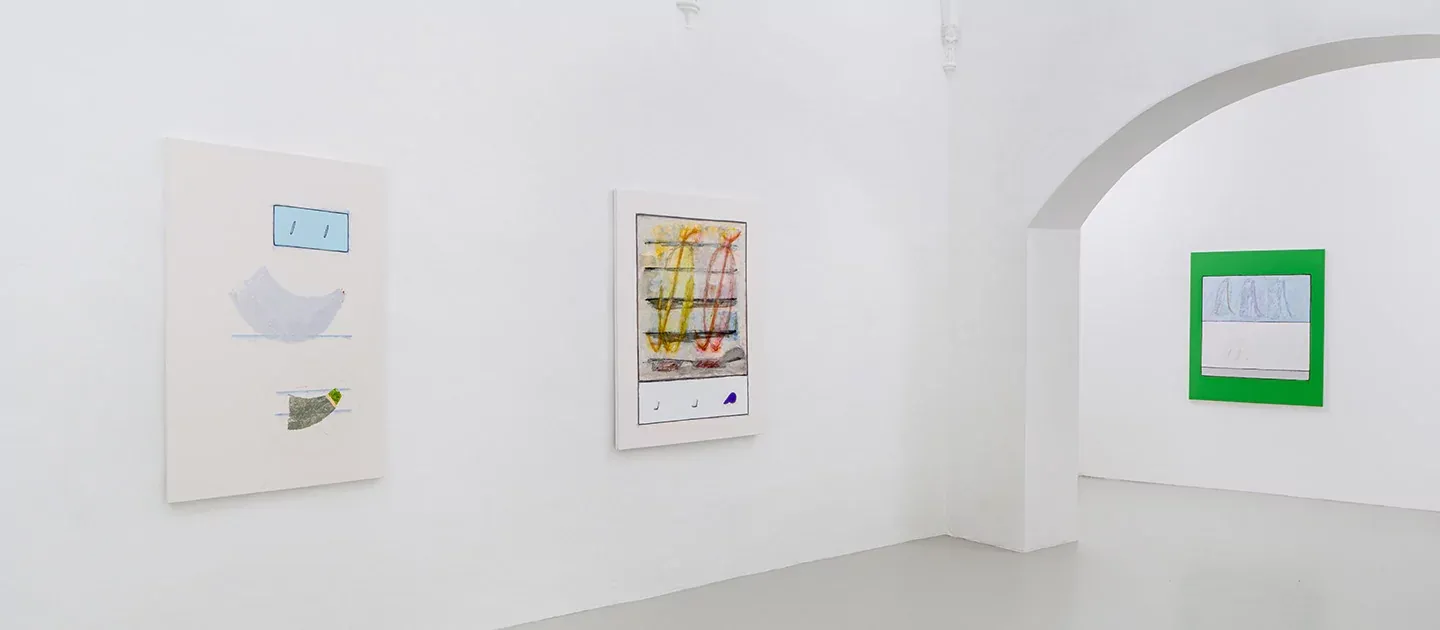
With the Arte All’Arte project and the projects the association developed subsequently, we ensured that site-specific works by the world’s leading artists, the most reputable and influential in terms of cultural significance, were accessible in the streets, squares, churches or landscapes of Tuscany. And this not as the fruit of any commercial activity, or in order to be able to sell any of their work, but to render them freely enjoyable by anyone who happened to be passing by. We wanted to make the claim that art does indeed have its own market, which, like any market, is fed by trade and money, but that it does not depend on these, and that an artist’s freedom lies in the fact that s/he does not have to submit to a public or private master. With the dedication and efforts the association has made in projects such as Arte All’Arte, Arte Pollino, Arte x Vino = Acqua, Arte per la Riforestazione and a forthcoming campaign dedicated to the ‘cities of the future’, where social houses are energy-saving living sculptures, we are trying to trigger a different and better relationship between different parts of society and between humanity and nature. With the Arte x Vino = Acqua campaign launched in 2003, the organisation extended its scope to the topics proposed annually by the UN in the context of the defence of the planet’s essential resources, donating more than two million euros to this cause. With the arrival of Covid and also the increase in migratory flows from the poorest parts of the planet to the cities in the richest and most industrialised countries, it is clear that the problems that need to be be solved don’t only concern one part of the planet but that everywhere requires commitment and action and people and institutions ready to seek solutions. Thus, in the wake of the pandemic, the need to act with greater engagement on the ground, both in the relationship between art and nature and that of social mobility through culture and, as far as we are concerned, through an ever closer dialogue between the international art community and local communities, has taken on renewed importance. We have collaborated with the Pecci museum, its Chair Lorenzo Bini Smaghi, and with the city of Prato, the city’s mayor Matteo Biffoni, and councillor Valerio Barberis, who is in charge of the Urban Jungle project, to make our contribution by enhancing institutional activities that are already in place. The wish of our association is to strengthen the activities of public institutions, speed them up, and if possible contribute to improving community services without replacing them but helping them in areas in which they have a shortage of skills. We want to avoiding starting things that don’t have a future or longterm prospects but that are instead dictated by lots of enthusiasm and a momentary boost to personal egos. We began this process in the midst of the Covid era with the installation of Shy’s work in the Piazza del Duomo in Prato, creating a virtual community on the cities of the future that implicated artists, public administrators, curators, economists, entrepreneurs, museum directors, biologists and other scientists, architects and landscape architects. In this context we launched the Arte per la Riforestazione (Art for Reforestation) campaign asking artist friends to donate one of their works to be put up for auction and, with the proceeds, financing an urban reforestation project around public housing in the Torbian Allende area of Prato. The idea is quite simple: to carry out activities that through art can lead to a better standard of living for those residing in disadvantaged areas. The decision to start with the planting of a park separating an inhabited area with council houses from a nearby high-traffic road testifies to two things. One, that art is oxygen for the mind but can also become oxygen for the body. The other, that from the world of art can come a real contribution against air and noise pollution. A further reason why we thought of trees is symbolic. Like works of art, trees cannot defend themselves on their own and are an invitation to respect that which is most fragile and precious; only respect allows them to survive, only the awareness that they are essential can prevent them from ending up vandalised and destroyed on a whim or due to lack of knowledge about their importance. After this first phase of urban reforestation of a low environmental impact social housing neighbourhood, we would like to invite artists from the international community to intervene in areas that are densely built up by making the houses into habitable sculptures. In order to cover the artists’ living costs, though certainly not the market costs, fundraising activities will be required. The ideas is that the project, shared between the inhabitants of the houses, the artists and the public administrators, not only leads to an improvement in living conditions inside the houses but also makes areas that are today on the margins of the city more attractive and liveable.
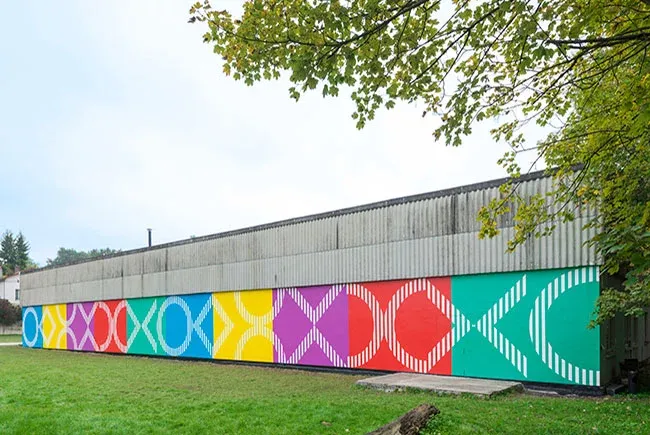
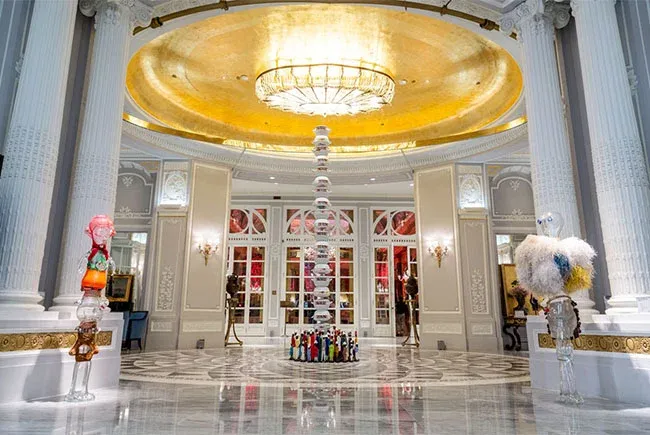
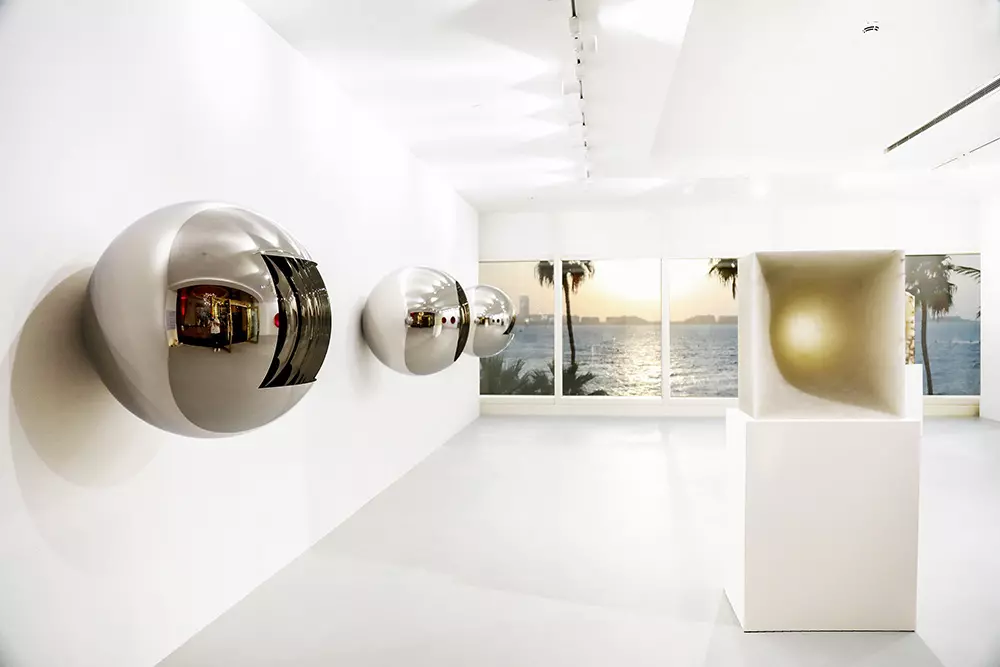
What is most important is that we do not let all this be a single magnificent and isolated example, an example of excellence. This should be the starting point of a path, starting with the social housing, towards social mobility through culture and community thinking. The activities I carried out over time with Maurizio and Lorenzo, have been, from the outset, in the field of corporate social responsibility. We promoted international standards in Italy, which we hope will also be of interest for our colleagues and tried not to get stuck in commercial ways of thinking, even though we’re aware of the need for economic sustainability and don’t want external financing partners. There have been practices that have tended to bring together the profit and non-profit worlds only in order to exploit the tax advantages or that have garnered public support for private activities aimed only at increasing profit margins. The result is that a healthy system is then damaged and sustainability problems are created for organisations that are deserving of the support of public and private partners willing to bear the costs of carrying out joint actions. We have fought and will always continue to fight certain ambiguities by trying to achieve changes at scale in areas that can no longer be postponed for the survival of the human species. We have been committed to art and artists and motivated and sustained for over 30 years by the idea that through art we can offer a greater enjoyment and awareness about life and a more equitable relationship between humanity and other living beings, regardless of income, skin colour, sex, religion or political beliefs (which everyone has the right to choose freely).
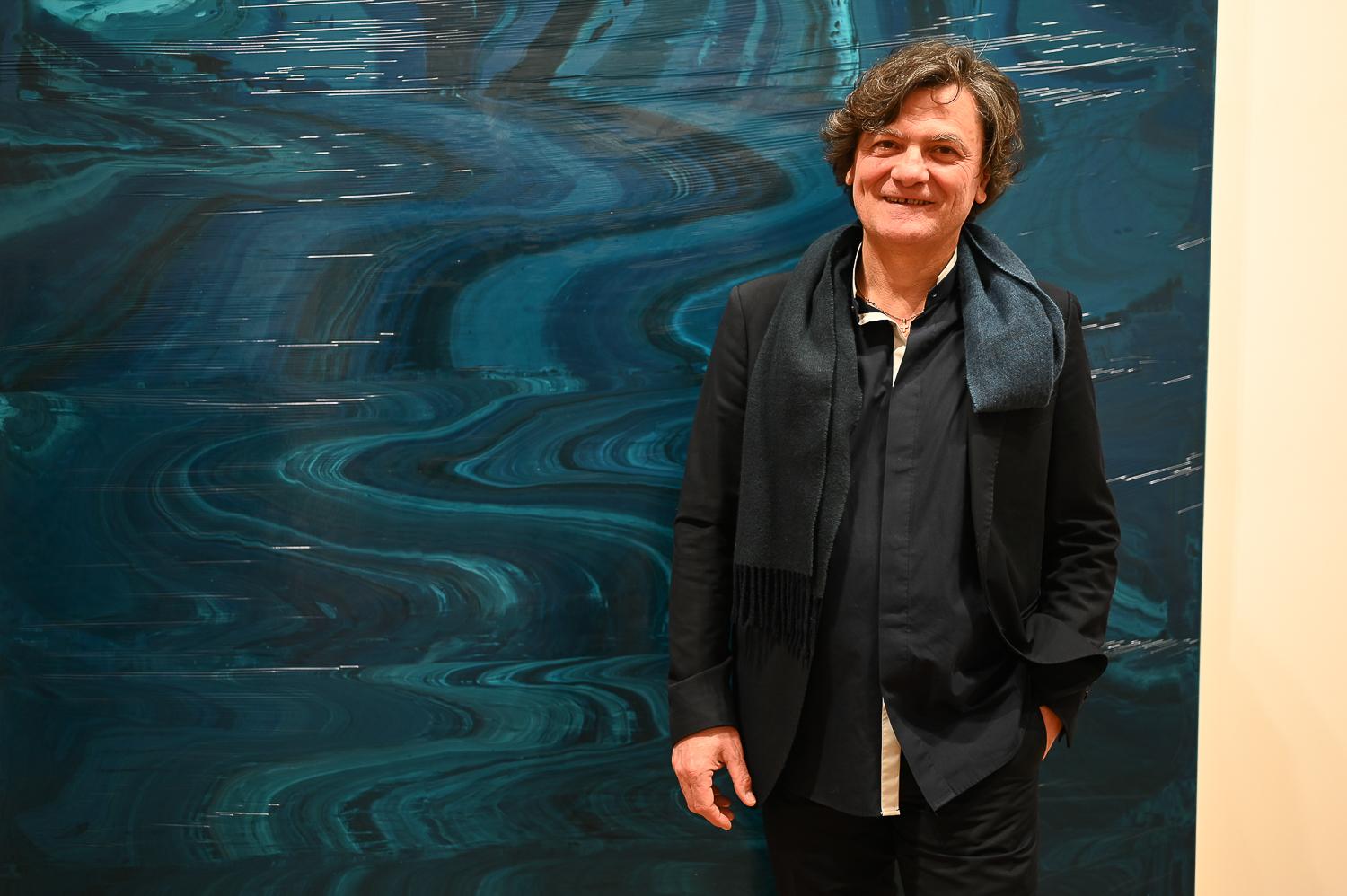
Mario Cristiani founded Galleria Continua in San Gimignano in 1990 with Lorenzo Fiaschi and Maurizio Rigillo, with the intention, as is evident in the name, of giving continuity to contemporary art in a landscape rich in ancient art. In 2004, Galleria Continua began a new adventure in Beijing, China, showing contemporary Western artists in a country where they had less visibility. Three years later, in 2007, a new site was opened for large-scale creations - Les Moulins - in the Parisian countryside. In 2015 Galleria Continua embarked on a new path, opening a space in La Habana, Cuba dedicated to cultural projects designed to transcend borders, and in 2020, the same year as the gallery’s 30th anniversary, it opened a new space in Rome, dedicated to open interculturalism and new forms of dialogue and encounter between art and the public. In 2020 a space was opened in São Paulo, located in the Pacaembu sports complex, while at the beginning of 2021, it was the turn of Paris and the heart of the Marais, a few steps from the Centre Pompidou, to inaugurate a new venue. Finally, in the same year, the gallery also launched a space inside the world’s most iconic hotel, the Burj Al Arab Jumeirah in Dubai. The story of Galleria Continua is told in a documentary aired on Sky Arte from which the title of this piece has been taken.
